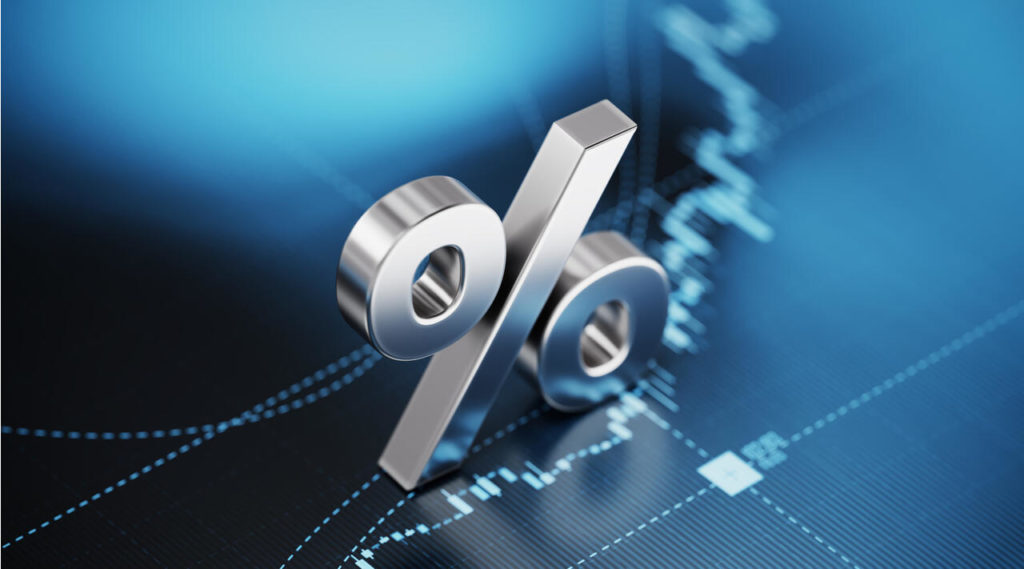
Covid, inflation, and interest rate hikes creates opportunity…
To think many people predicted 2021 couldn’t get any worse than 2020. Little did they know that 2021 would bring delta, omicron, and inflation with a lot of messiness in-between.
The result is 2022 will be volatile with a covid overhang and inflation coupled with aggressive interest rate hikes (by the U.S. Federal Reserve and other similar authorities across the globe) to combat the inflation – as a result, 2022 may present more distress than 2021.
Below are the markets that distressed investors will be keeping their eye on…
Argentina
Another bailout?
Argentinian President Alberto Fernandez displayed renewed confidence when announcing the latest agreement with the International Monetary Fund (IMF) to restructure $40+ billion debt and access new funding. The deal helps to reduce the financial burden on the country under the prior agreement, which involved the Argentinian government repaying $19 billion in 2022.
Argentina is currently facing one of its worst economic slumps – which says a lot for a country that has defaulted nine times since independence in 1816. Inflation has surpassed 50%, unemployment is rising, and the currency is plummeting AGAIN.
While this new agreement may set a precedent for covid-related debt resolutions by avoiding the extreme austerity measures typically associated with the IMF, it does not necessarily resolve the unremitting distress in the Argentinian system. The country shocked many economists with 10% growth last year but will likely struggle to create a similar economic surprise this year. The more likely scenario is a weakened economy with many distressed investors lurking around…a light touch IMF process, however, should mean higher upside as the economy is not weighed down by austerity policies.
Uruguay
Too attached to the dollar (and Argentina)?
Uruguay’s economy is significantly dollarized with nearly three-fourths of the bank deposits in dollars. With the expectation of interest rate hikes from the U.S. Federal Reserve, the country’s banks will be under substantial pressure if (or more so when) the local currency falls in value. As the local peso depreciates against the dollar, unhedged borrowers will face a spike in credit losses and a drop in profitability, which will ultimately strain liquidity.
High inflation will be a problem for the Uruguayan Central Bank to control. Raising local interest rates without choking off growth, as acknowledged by former Banco Santander executive and current president of the central bank Diego Labat, will not be easy. The economic struggles in Argentina could also create a shadow over the Uruguayan economy as Argentinians have deposited significant amounts of cash in Uruguay over the last couple years. Avoiding a spillover effect from Argentina will therefore be included on the agenda for Labat.
China
How distressed is the situation?
Distressed real estate is all the talk in China these days. The world’s second largest economy is facing challenges which excites distressed investors. At the same time, this is new terrain for Chinese credit markets with many investors unclear how to approach the situation. Those foreign investors who know the market makers still must digest the headline numbers that forecasts 5-6% growth for the country in 2022 before picking up again in 2023. Many analysts believe Xi Jinping’s administration will also ramp up economic policy (and intervention) to ward off any further slowdown in the Chinese economy.
Accordingly, there are Xi supporters and critics who theoretically have become odd bedfellows with the belief that the Chinese distressed story is exaggerated in the short term and will be quickly put to bed after the Olympics…the over-cynical ones think things will be addressed when the foreigners have gone home. The truth is the unprecedented nature of the China’s credit markets today makes many investors feel blind, confused, and aroused at the same time…No one can say if that is a good or bad thing for China.
Turkey
The three I’s spelling trouble: inflation, interest rates, and independence at the central bank
President Recep Tayyip Erdoğan’s critics have long written his obituary…they are (too happily) updating it for the 2023 Turkish general elections. Inflation is skyrocketing at nearly 50% (with only Argentina doing marginally worse) and the economy is potentially falling into a ‘death spiral’. The old theory was the lira could not break 8 against the dollar back in January 2021…then it nosedived to 16.7 against the dollar in December 2021 and now sits around 13.6 against the dollar.
Erdogan’s administration is very active in the market to support the currency and maintain a sense of stability. Yet a procession of central bank governors in and out of Erdogan’s administration accompanied by the government ministers who chose to either align with the governor-in-charge at-the-moment or challenge Erdogan’s economic policies suggests an economic crisis out of control.
An unremitting push to cut interest rates by Erdogan’s administration now followed by emergency measures to help the lira recover some of its value against the dollar have not fixed the current crisis. Many businesses (and individuals) remain vulnerable to liquidity and forex issues, and it is not clear foreign investor are willing to help this time.
Oman
Quickly turning the corner…but could there be a few hiccups here and there?
It was only a year ago that Oman was in the market for a 15-month $2.2bn loan (with an option to extend by one year at the borrower’s discretion) as it faced a budget deficit of about $5.8bn. A month prior (in January 2021) to securing the loan, the country had tapped the international bond markets for $3.25bn in addition to the $500m raised in November 2020 and the $2bn raised in October 2020. Jump forward to 2022, the country has reduced its budget deficit to 3-4% from above 16% in 2020, with the rise in oil prices and managed spending (decline of 6% year-over-year) underpinning the change, and the economy is forecasted to grow 3-4% in 2022. The headline numbers suggest a country on the right track…yet the recently raised sovereign funding largely benefited Omani sovereign related entities and those doing business with the Omani sovereign related entities. There appropriately remains the potential for a few hiccups for those companies that still have legacy debt issues and have not been able to access capital markets.
Mexico
A state-centric agenda, inflation, and slow growth…not a great mix?
There is a trend with this list…many eyes will be on Latin America. Mexico continues to benefit from the rebound in U.S. growth but is facing significant internal economic struggles. The Mexican economy is estimated to have contracted in the third quarter of 2021 and only slightly expanded in the fourth quarter of 2021. With the growth outlook at sub-2%, the country is at risk of falling into the middle-income trap where growth slows, and the country fails to transition to a high-income economy with the failed transition period characterized by rising costs and declining competitiveness.
President Lopez Obrador is not helping the situation as he worries investors with his more state-centric agenda, including an electricity reform bill intended to strengthen the power (and market share) of the state utility company. That said, investor anxiety did not slow the country’s ability to tap international debt markets for two dollar-denominated bonds in January. Non-sovereign related borrowers, however, have not had the same luxury with international markets and will likely be vulnerable to interest rate increases, slower growth, and a lower availability of capital. Any state-centric agenda will ultimately fail to help those borrowers in 2022.
South Africa
Is the sovereign risk overstated?
The latest data suggests South Africa largely dodged the omicron pain imagined when the world closed borders to the country at the end of November. South Africans travelled internally which propped up hospitality and tourism. Furthermore, the country benefited from strong commodity prices.
Yet, sovereign debt risks remain. But those expecting the country to fall apart should remember that South Africa cannot lose its last sovereign rating because foreign investors (limited by the requirement to invest in investment grade countries) would then be required to exit. President Cyril Ramaphosa and his team have this in mind and will do everything to avoid economic mutiny. Thus, investors can expect resolutions (even if temporary) at some of the state-controlled entities.
